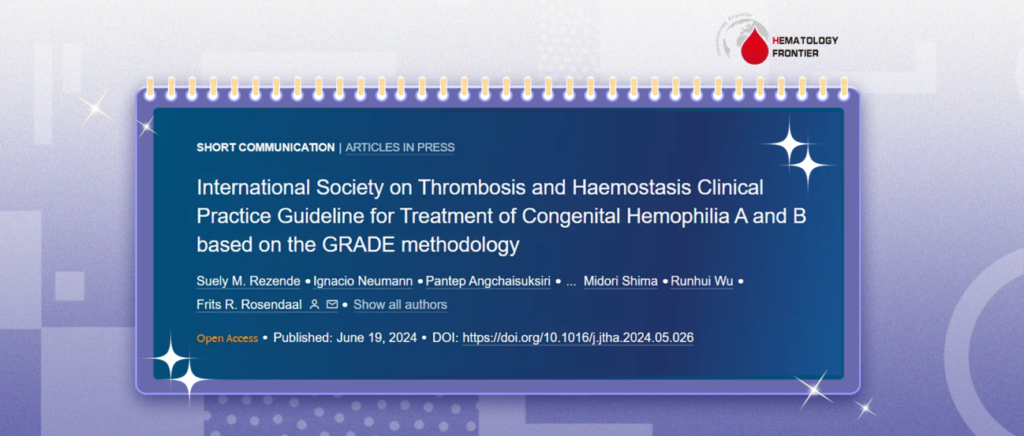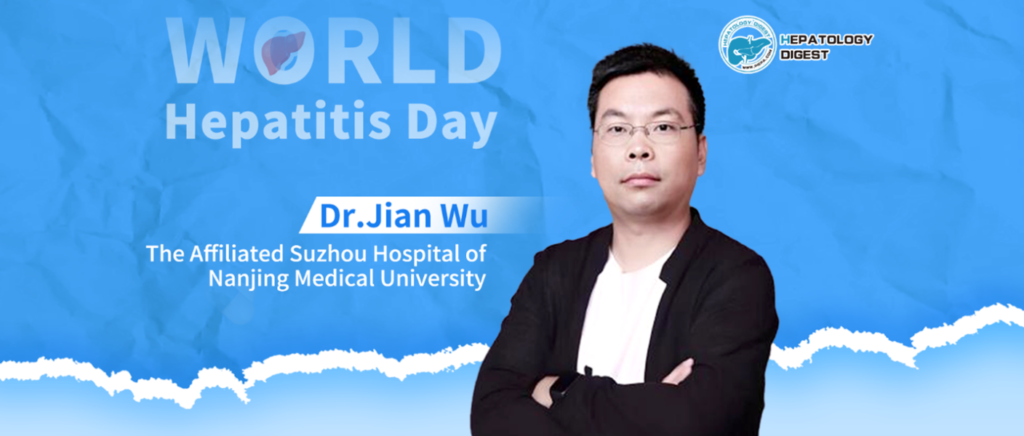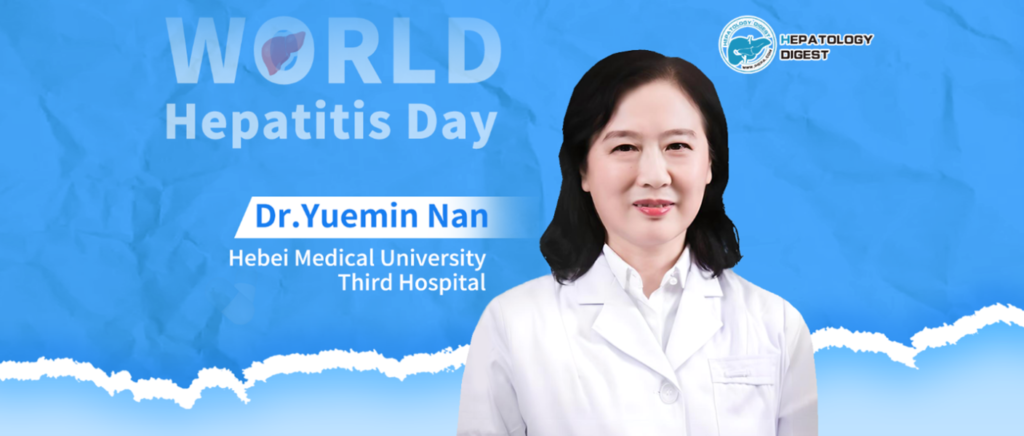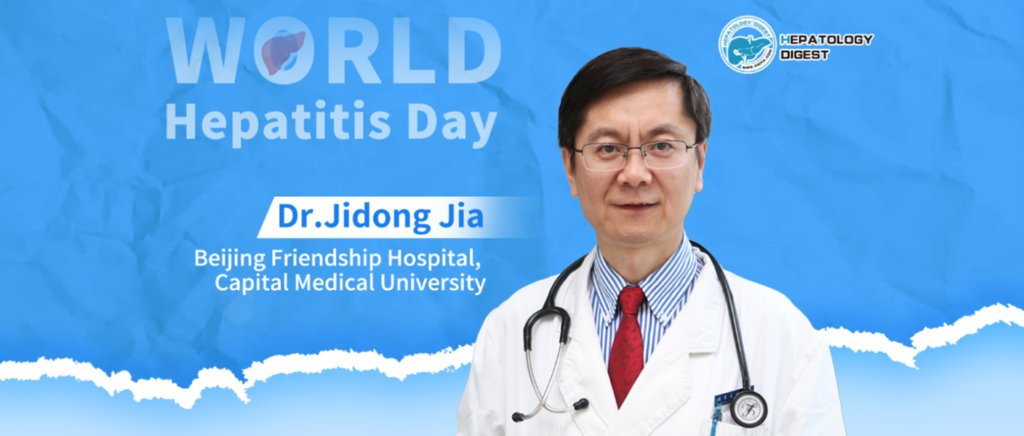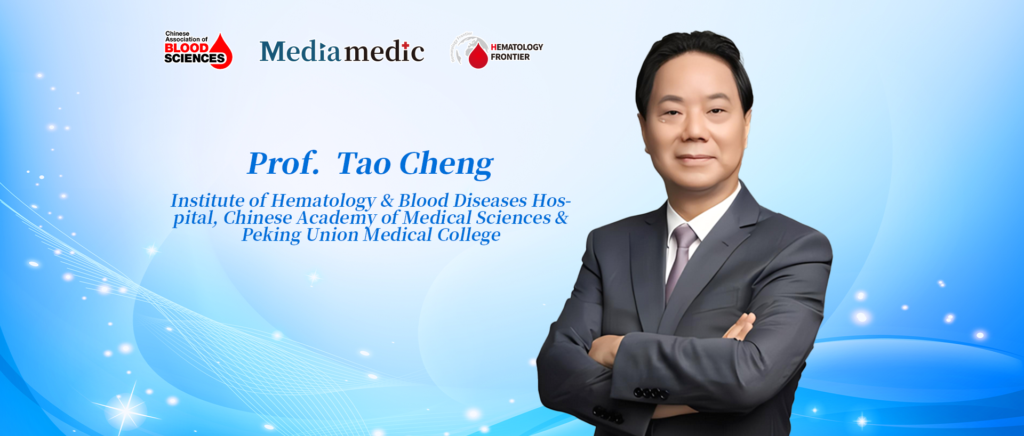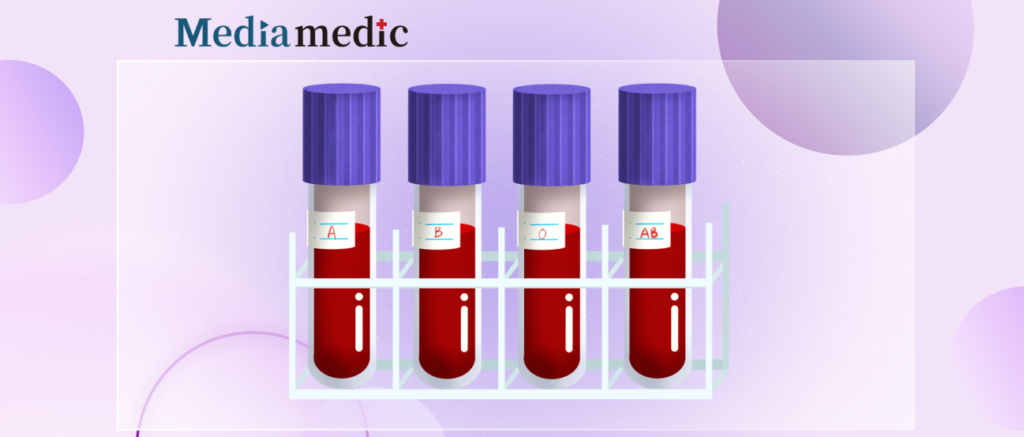ISTH Guideline丨Latest ISTH Clinical Practice Guidelines for the Treatment of Hemophilia A and B Published
Hemophilia, a rare congenital bleeding disorder, is caused by pathogenic variants in the encoding genes, leading to the complete or partial deficiency of clotting factors VIII (Hemophilia A) or IX (Hemophilia B). Treating hemophilia involves certain complexities, and until now, no evidence-based clinical practice guidelines based on the GRADE methodology have been established to guide treatment. The International Society on Thrombosis and Haemostasis (ISTH) has developed evidence-based clinical practice guidelines aimed at systematically reviewing the relevant evidence to provide a scientific basis for treatment decisions in Hemophilia A and B, thereby supporting healthcare providers in their clinical practice. To this end, ISTH formed a globally representative, multidisciplinary guideline panel that prioritized clinical questions based on their urgency and the importance of outcomes to patients and clinicians.

